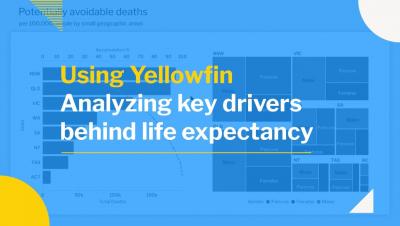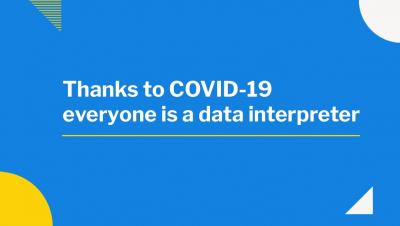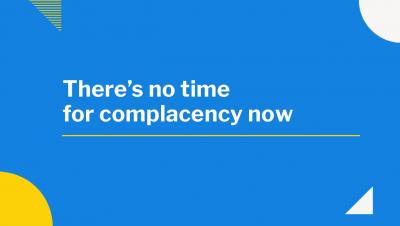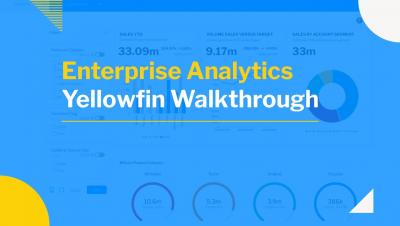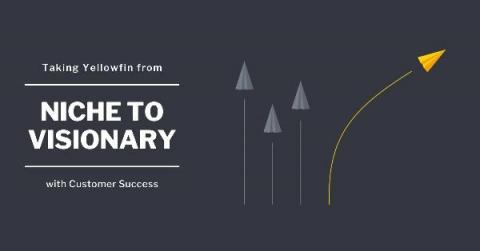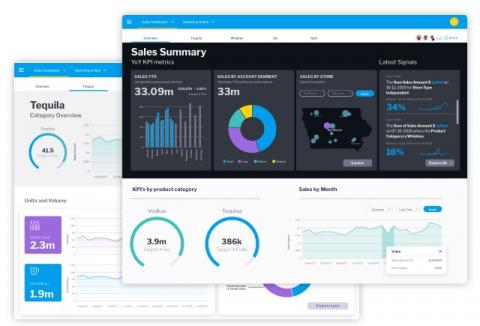Systems | Development | Analytics | API | Testing
Yellowfin
Thanks to COVID-19 everyone is a data interpreter
One of the most interesting developments coming out of the current COVID-19 crisis is that people are looking at and interpreting data like never before. People that have never expressed an interest in data are now thinking about data and trying to understand what it means for them. There is a lot that businesses can learn from this. With COVID-19, people are taking the time to look at highly complex data, distill it, and assess what it means for their own behavior and lives.
Analyzing key drivers behind life expectancy with Yellowfin
Thanks to COVID-19 everyone is a data interpreter
The importance of Collaborative BI in a more 'remote' working world
The world has turned upside down. You don’t need me to tell you that. And, thanks to weeks of working from home, a new way of working may be upon us when we flip back. Many are seeing this period as a pivotal time in changing the way many organisations will function. Business has seen first hand that it can run effectively with many of its people working remotely.
It's time to lift the lid on your organization
One of the big standouts for me in the recent environment is just how much of a shock COVID-19 has been for organizations. This is because many have become complacent about their data over the past decade and they’re now exposed. As Warren Buffet said, "Only when the tide goes out do you discover who's been swimming naked." To deal with the current economic situation everyone now has to lift the lid on their organization.
There's no time for complacency now
Yellowfin Walkthrough for Enterprise Analytics
How Customer Success helped take a SaaS company from Niche to Visionary in just 3 years
It was three years ago, just after the Gartner Magic Quadrant (MQ) came out, that everything in customer success changed at Yellowfin. We had made it into the MQ again but we weren’t positioned where we believed we should be. We were a product-driven company that had been first to market for many of the functionalities that have since become expected in what BI vendors offer today.
How design flexibility gives you a better dashboard experience
Our Head of Product Design and Creative Director, Tony Prysten, has worked in brand, design and advertising roles over the course of his career. Bringing his wealth of experience to Yellowfin, he now shapes the creative and UX experience of our product. Here he shares his thoughts on how design flexibility improves the dashboard experience.




